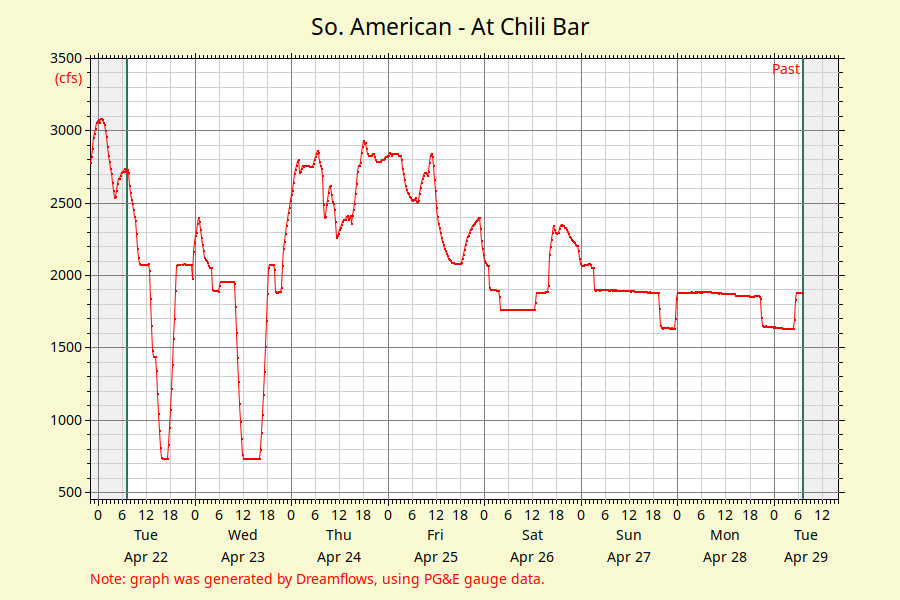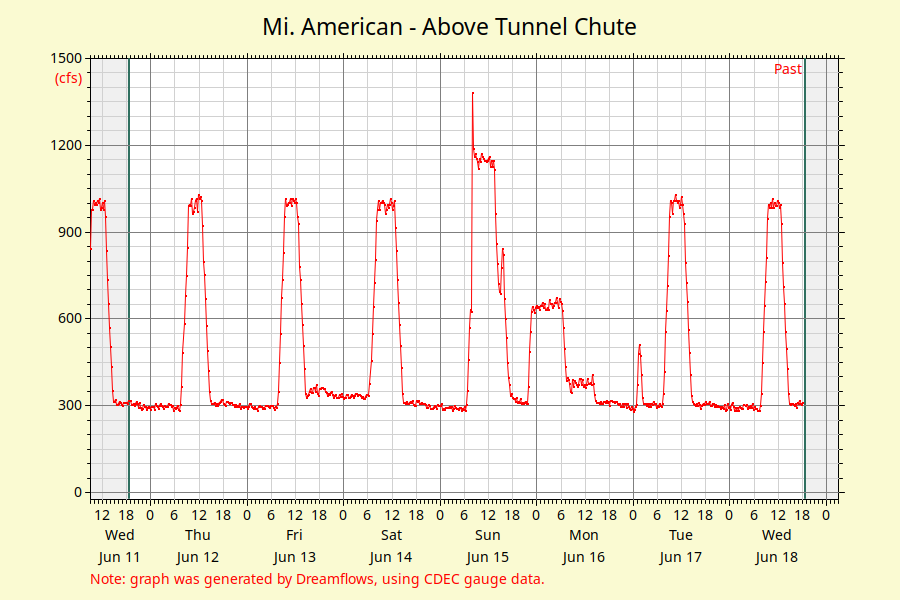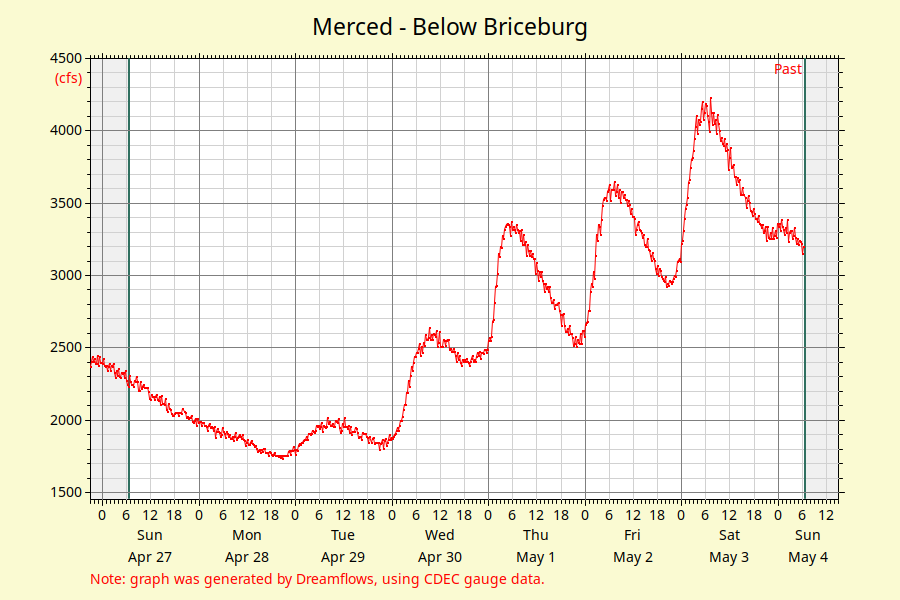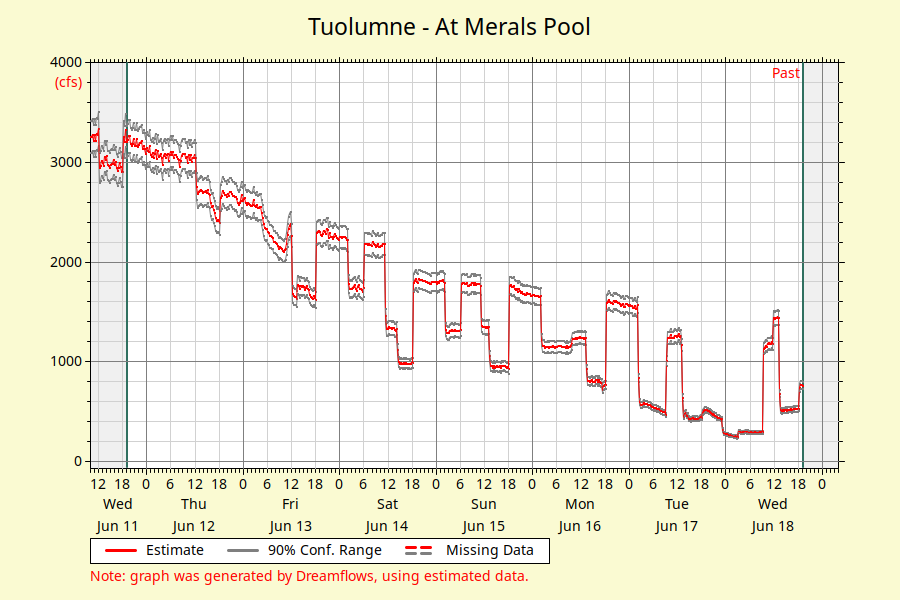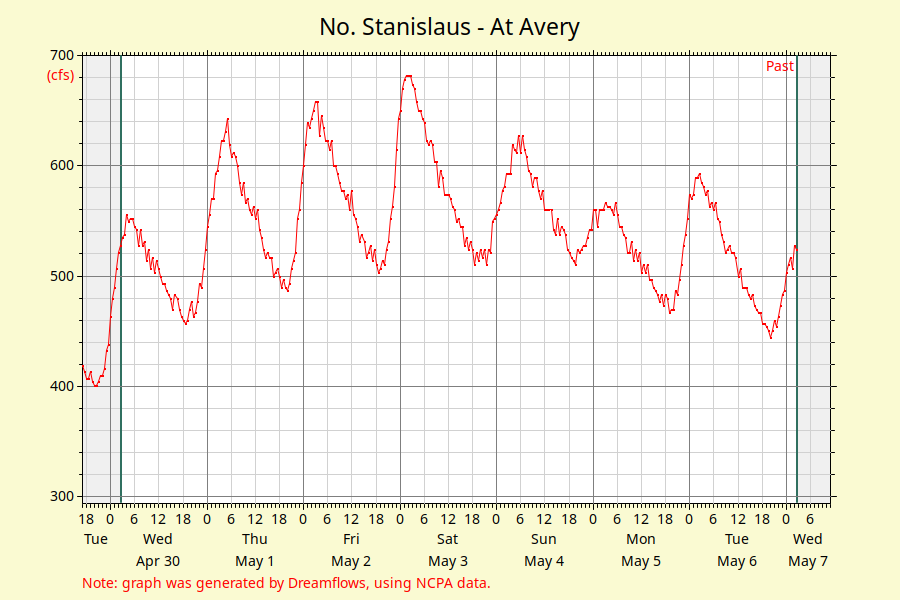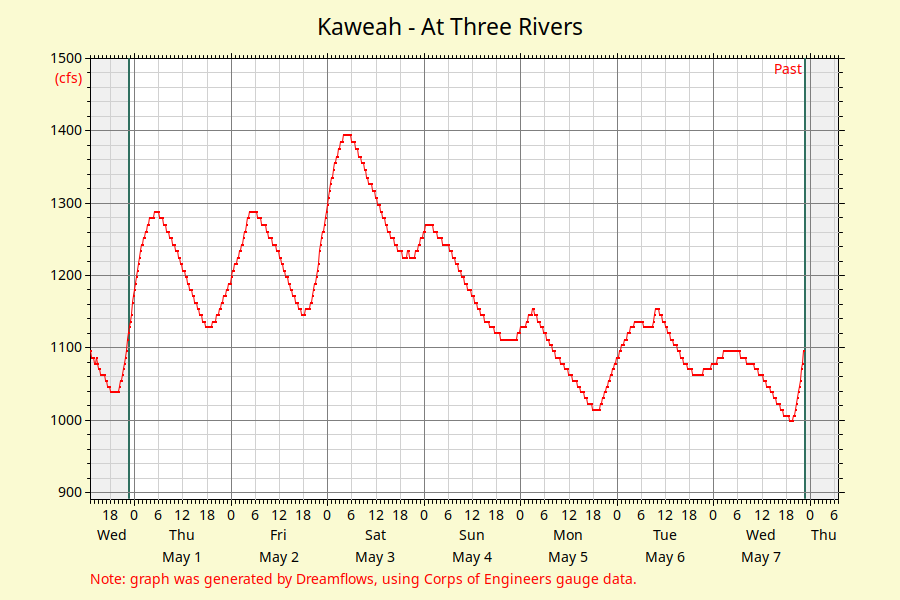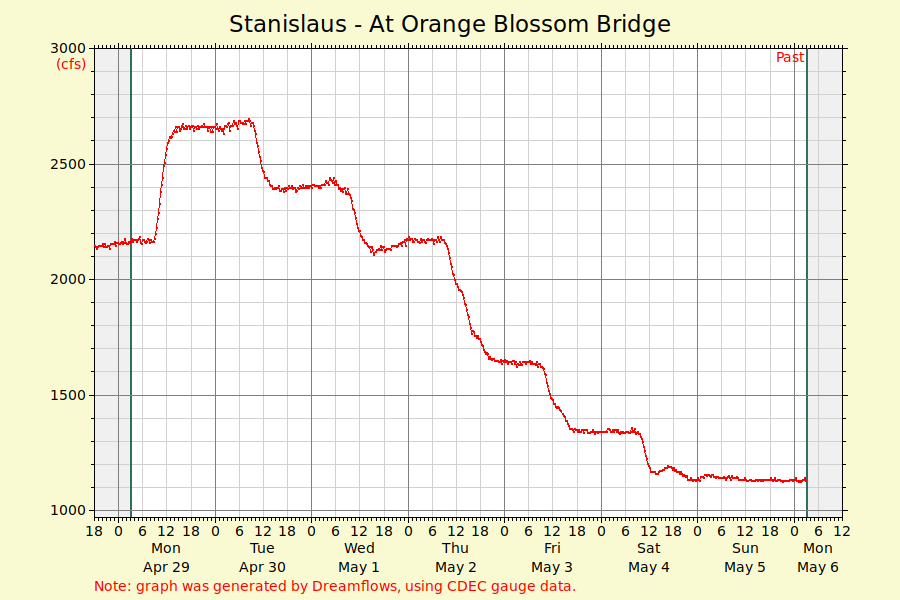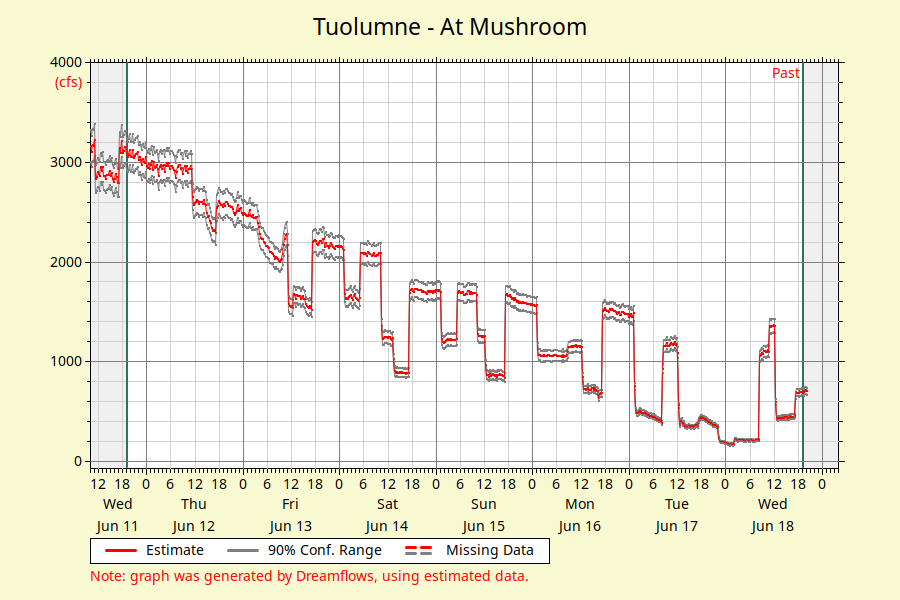Last Updated on Thursday, April 10, 2025
This page features real-time flow data and other helpful information about 10 of California's best whitewater rafting rivers.
With a third straight year of near-average or better snowpack (a milestone not seen in 25 years!), 2025 is shaping up to be another fantastic year for whitewater rafting in California! This season will have something for everyone looking to get on the river - whether you are experienced and adventurous, or an apprehensive first-timer interested in an easier rafting trip.
This winter started strong, with a series of storms in November and December that brought an early boost to both rainfall and snowpack. January, however, saw a significant dry spell that slowed the momentum. Storm activity picked up again in February, and “Miracle March” delivered multiple systems that pushed the snowpack to nearly 100% of average. Reservoirs across the state are now full, and plenty of water is stored in the snow that will melt through spring and early summer. While there were some regional disparities—especially in the southern part of the state—most of the rivers we raft on are in the Central Sierra, where conditions are looking great. All of this points to a long rafting season and plenty of whitewater ahead—good news for anyone wanting to experience California rivers at their best.
Rivers are expected to have mostly Normal flows, but periods of Moderately-High to High flows are likely between mid-May and mid-June. The timing of the higher flows will depend on the weather and the rate of snowmelt. Free-flowing rivers that don’t have any reservoirs upstream of the whitewater section will see healthy flows this spring. Dam-controlled rivers that rely on scheduled water releases for rafting will have excellent, predictable flows all season long. We can’t wait to share the rivers with our guests!
For more specific information about each river’s season predictions, see the individual river sections below or contact us - depending on what you are looking for (Beginner-Intermediate or more Advanced) we will be happy to help you find the best trip and time of year to raft for your group.
We are watching snowpack in the Sierra carefully and will update this page regularly in the coming months.
To stay connected and up-to-date on all California river flow information, sign up for the AO eNews, read the AO Blog, or follow us on Facebook or Instagram.
The measurement used to determine the flow in a river is “CFS”, which is Cubic Feet per Second. Gauges along the river indicate how much water is moving past a given point. The higher the “CFS” the higher the flow. Most of the time, higher flows (higher CFS) means more exciting and challenging rafting trips.
Click on your favorite California river below to see real-time water levels and season predictions!
Intermediate-Advanced
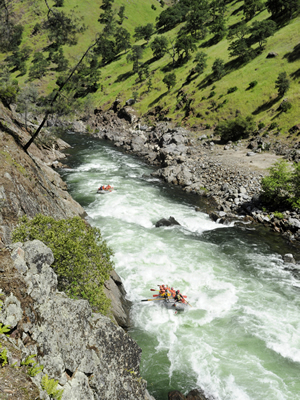 This page features real-time flow data and other helpful information about 10 of California's best whitewater rafting rivers.
This page features real-time flow data and other helpful information about 10 of California's best whitewater rafting rivers.